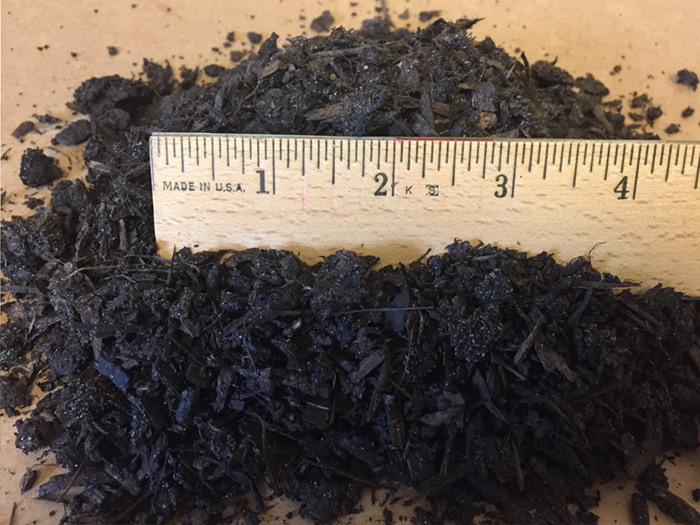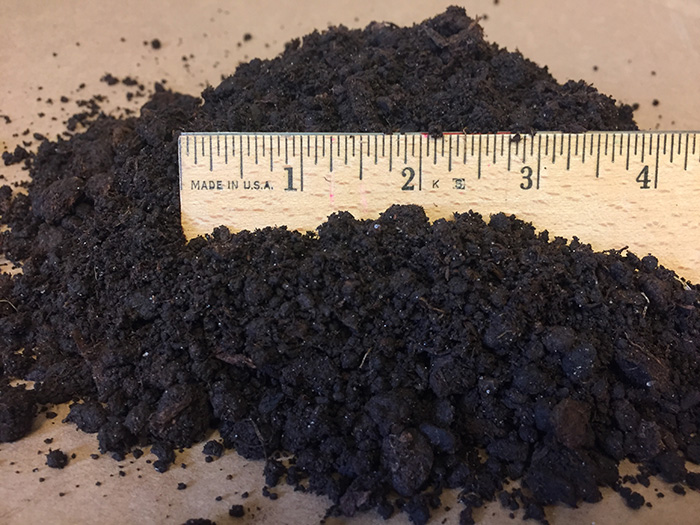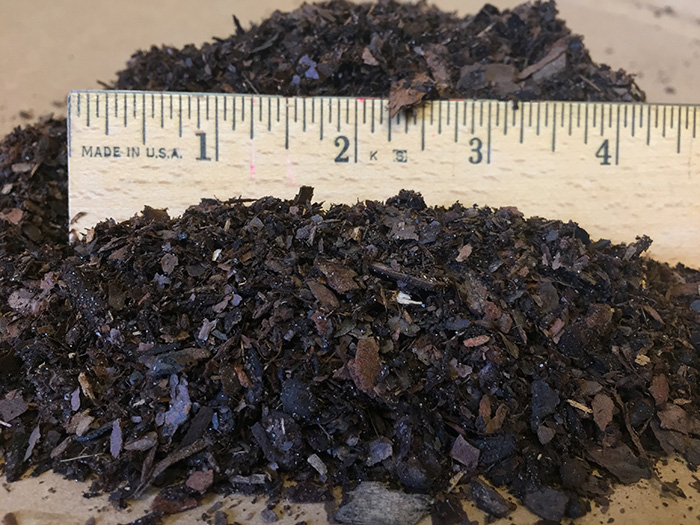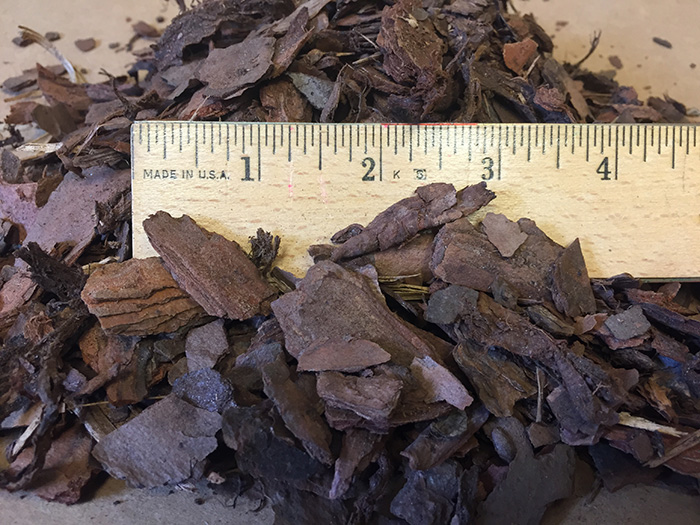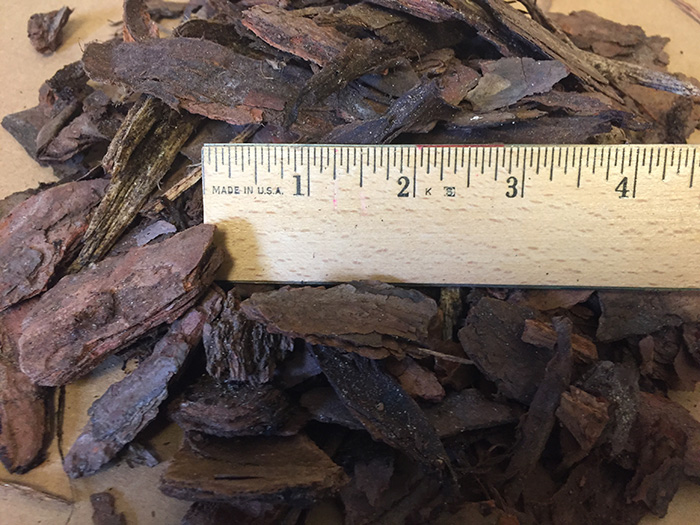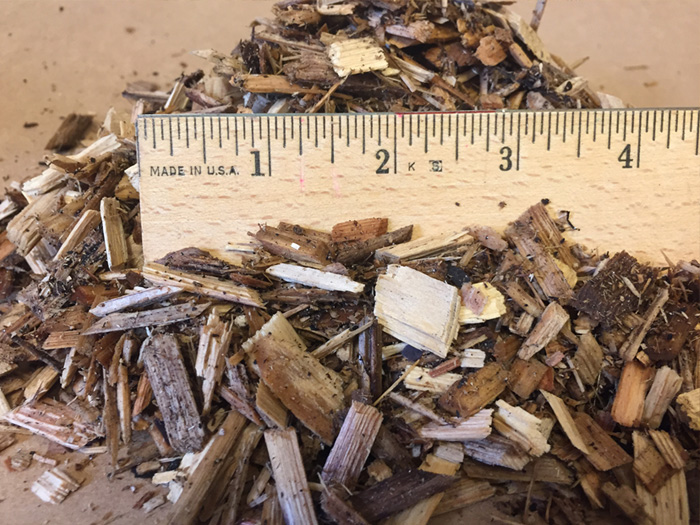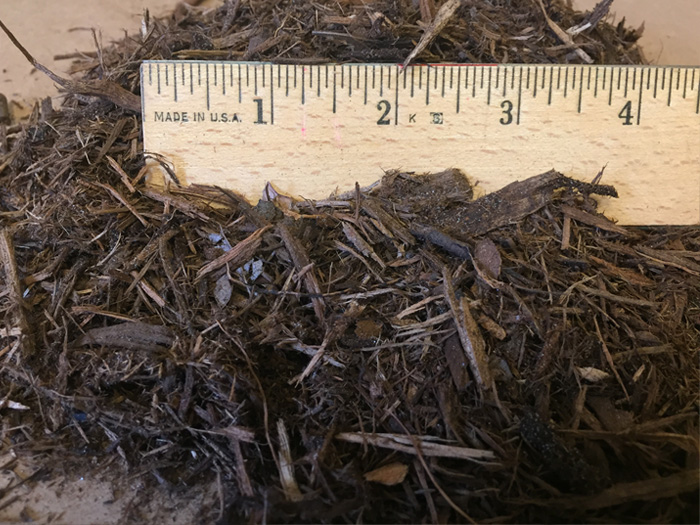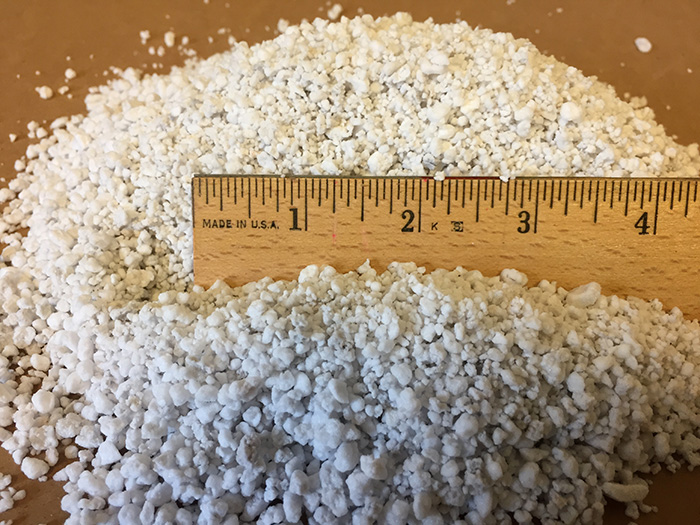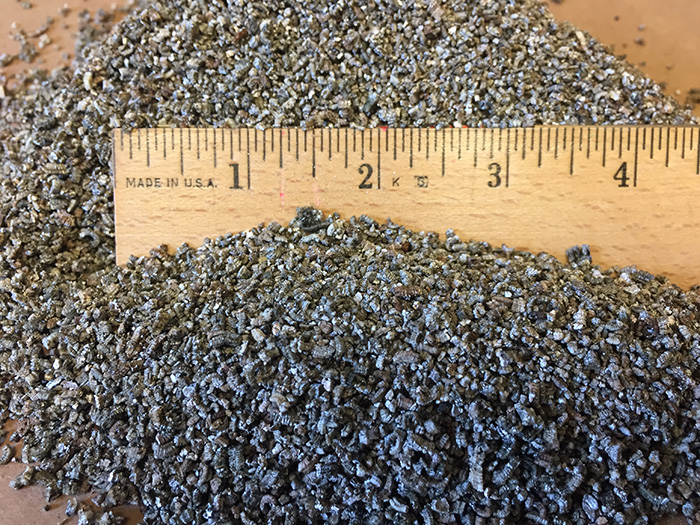Potting Media
Southeast Soils is a custom blending facility for professional potting media. We source over 20 components along with numerous fertilizers and additives to create countless blends of soil-less substrates.
MIX EXAMPLES
While all of our mixes are custom blended for each order, shown below are just a few examples of mixes proven successful by our customers.
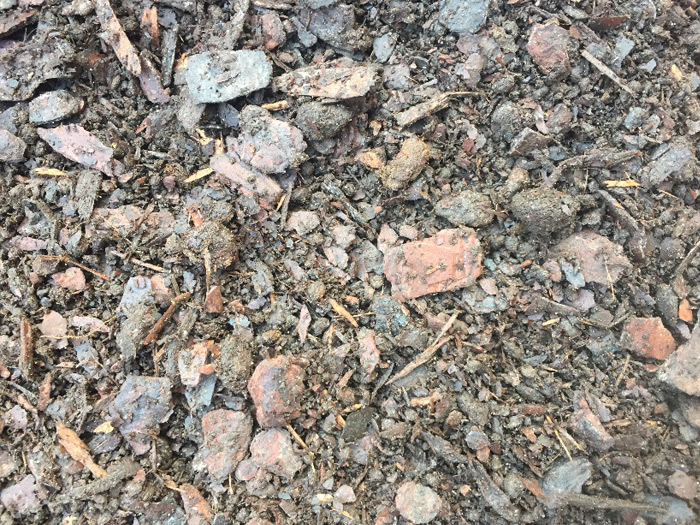
General Tree/Woody Ornamental Mix
40% FL peat A, 60% pine bark
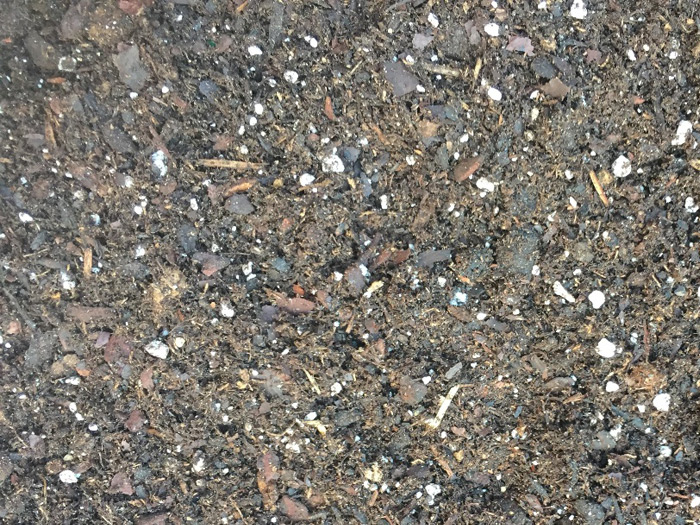
Annual/Perennial Mix
40% sphagnum peat, 30% 3/8” pine bark, 15% fine Ferti-comp®, 15% perlite
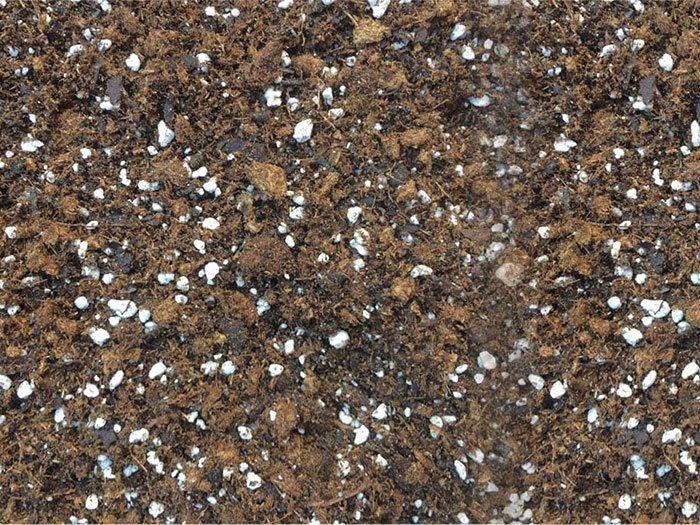
Foliage Mix
55% Baltic 5-10mm peat, 20% perlite, 15% Nutri-bark®, 10% fine Ferti-comp®

Large Container/Tree Shrub Mix
40% FL peat A, 40% 1.5” pine bark, 20% 1” bark
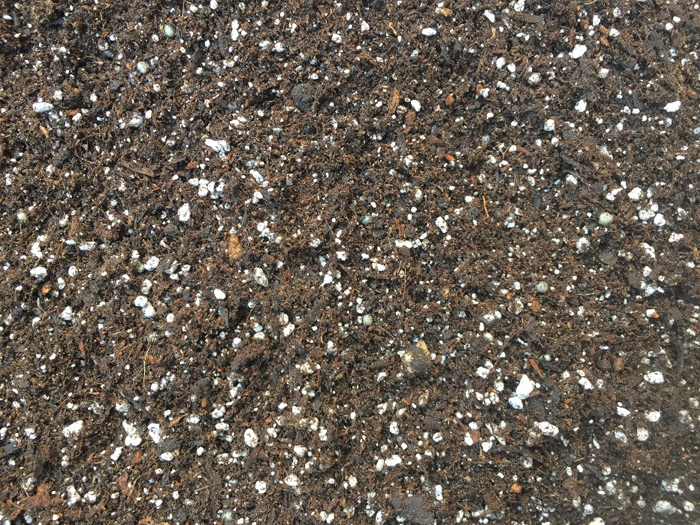
Propagation Mix
35% sphagnum peat, 35% perlite, 20% fine Ferti-comp®, 10% coir


